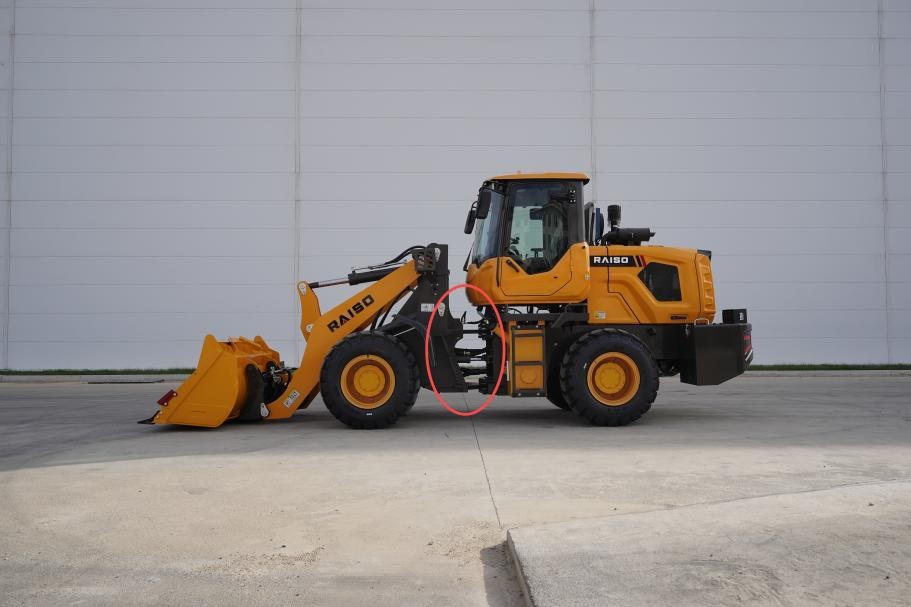NEWS
The wheel loader's articulated design combines flexibility, efficiency and versatility, making it an excellent choice for industries that require frequent maneuvering in tight spaces, handling a wide variety of loads and working on varied terrain.

1. High Flexibility and Maneuverability
In articulated loaders, the body is divided into front and rear sections connected by an articulation point. Steering is controlled through the rotation at this articulation point. Compared to non-articulated loaders, this design allows for a smaller turning radius, making it particularly suitable for narrow spaces or work environments with many obstacles.
2. Improved Driving Visibility
The front and rear bodies remain relatively parallel during articulated steering, which minimizes visual obstructions for the driver. Compared to other steering systems (e.g., skid-steer designs), the articulated design better ensures the driver's observation of work area.
3. Lower Tire Wear
Articulated loaders steer via the central articulation point rather than forcing tires into lateral sliding (as seen in track or skid-steer equipment). This significantly reduces tire wear, especially on hard surfaces.
4. Enhanced Load Capacity and Stability
The articulated structure maintains good load balance during curved maneuvers, reducing instability caused by steering. This is crucial for ensuring operational stability under heavy loads.
5. Superior Terrain Adaptability
The front and rear sections of an articulated loader can adjust independently in both vertical and horizontal planes, making it easier to adapt to uneven or rugged terrains and ensuring efficient operations in diverse environments.
6. Reduced Mechanical Stress Impact
The articulated design disperses part of the mechanical stress within the body, reducing the load on certain components (such as the steering system). This improves the machine's reliability and extends its service life.
The articulated design significantly enhances the loader's performance in confined spaces, during frequent directional changes, and under complex working conditions. At the same time, it effectively reduces wear and failure rates, making it one of the preferred design structures for loaders in many engineering projects.
Welcome to contact us by leaving a message. We will get in touch with you as soon as we receive your message
